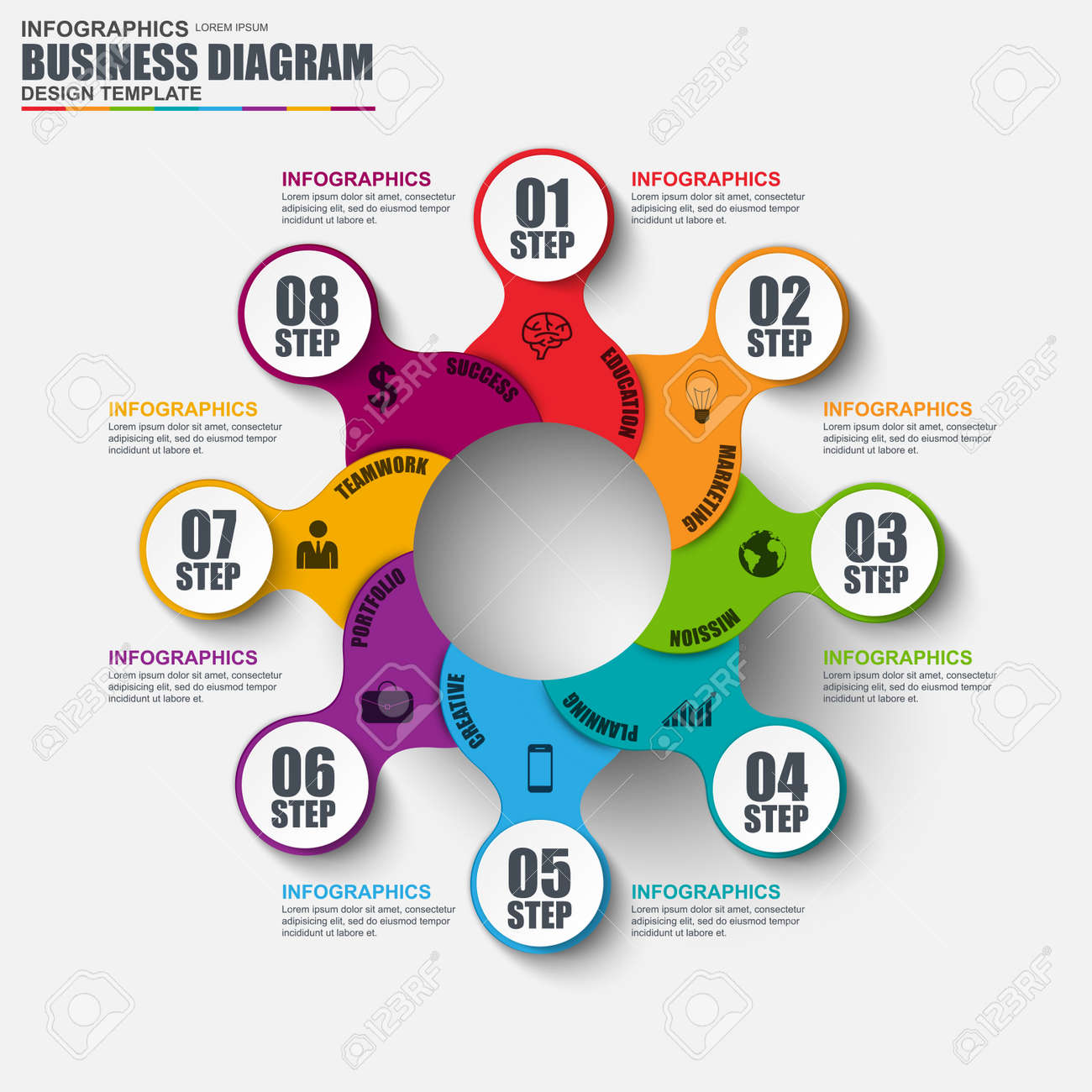Discouraged With Slow-Moving Filling Times And Complicated Navigation? Discover Exactly How Receptive Layout And Maximized Page Rate Can Boost Your Internet Site'S User Experience
Discouraged With Slow-Moving Filling Times And Complicated Navigation? Discover Exactly How Receptive Layout And Maximized Page Rate Can Boost Your Internet Site'S User Experience
Blog Article
Content Author-Conway Chang
Have you ever before checked out an internet site that took forever to tons, had a complicated navigating system, or didn't show appropriately on your mobile phone? Opportunities are, you promptly abandoned that website and carried on to one that supplied a far better customer experience.
In today's competitive on the internet landscape, it's crucial for organizations to prioritize web design that enhances user experience in order to drive much better conversions. In this conversation, we will certainly check out the significance of receptive style, the application of user-friendly navigation, and the optimization of page tons speed to create a seamless and appealing individual trip.
Stay tuned to discover exactly how continue reading this can considerably affect your web site's success.
Relevance of Responsive Design
Responsive layout is essential in today's digital landscape for developing internet sites that adapt perfectly to various screen dimensions and tools. When your web site is responsive, it immediately readjusts its layout and material to fit any kind of device, whether it's a smart device, tablet computer, or computer. This is essential due to the fact that increasingly more people are accessing the web via their mobile phones.
If your internet site isn't receptive, it can bring about a poor user experience. Individuals might need to squeeze and zoom to review material, switches may be too tiny to click, and photos may not be maximized for smaller screens. This can frustrate individuals and lead to high bounce prices and reduced conversions.
Using Intuitive Navigation
When making a responsive website, it's important to focus on utilizing intuitive navigating for an enhanced individual experience.
Intuitive navigation describes arranging your website's menu and navigating components in a logical and user-friendly method. By doing so, you make it easier for visitors to locate what they're searching for and browse via your website easily.
Instinctive navigation helps reduce complication and frustration, eventually bring about better user interaction and boosted conversions.
To attain intuitive navigation, think about making use of clear and descriptive tags for your menu items, applying a constant design across all pages, and including search functionality for quick access to certain material. Additionally, it's vital to focus on crucial web pages and information, guaranteeing they're prominently displayed and quickly obtainable.
Optimizing Web Page Tons Speed
To enhance customer experience, it's important to optimize the web page lots speed of your website. Slow packing times can discourage individuals and lead to higher bounce rates.
The good news is, there are a number of techniques you can apply to improve your internet site's lots rate. To start with, consider decreasing https://shopify-seo-services85172.blogsuperapp.com/30770651/top-search-engine-optimization-methods-to-drive-organic-traffic-to-your-website of your images by pressing them without compromising top quality.
In https://fernandomhbwq.dreamyblogs.com/30613871/utilizing-the-possible-of-influencer-advertising-in-the-digital-age , maximize your code by decreasing unnecessary manuscripts and CSS data. One more reliable strategy is to take advantage of internet browser caching, which allows certain components of your website to be stored locally, minimizing tons times for returning site visitors.
Additionally, consider utilizing clicking here (CDN) to disperse your web site's data across several web servers, improving load rate for individuals in different geographical locations.
Final thought
Finally, by using responsive layout, intuitive navigating, and enhancing web page lots rate, website design can considerably boost individual experience and drive much better conversions.
With a straightforward interface, easy navigation, and quick loading times, web sites can record and preserve the interest of users, leading to raised involvement and higher conversion prices.
So, do not postpone in executing these website design strategies to make certain a smooth and successful customer experience!
